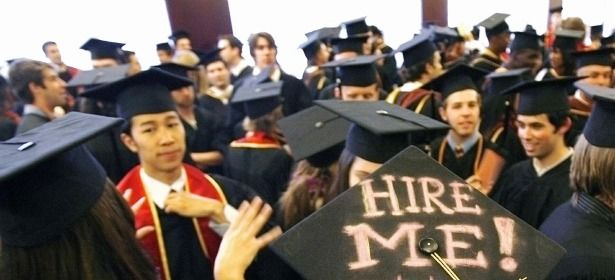In the realm of American politics, education stands as a cornerstone issue that shapes the future of our nation. As we examine the stark contrasts between Democratic and Republican nominees, their divergent approaches to education policy become increasingly apparent.
Democratic Vision for Education
Democratic nominees typically advocate for increased federal involvement in education. They champion:
Universal Pre-K: Expanding access to early childhood education
Free Community College: Making higher education more accessible
Student Debt Relief: Addressing the growing crisis of student loan debt
Increased Public School Funding: Boosting resources for K-12 education
Democrats often emphasize the role of education in promoting equity and view it as a key tool for social mobility.
Republican Approach to Education
In contrast, Republican nominees generally favor local control and school choice. Their priorities include:
Charter Schools and Vouchers: Expanding alternatives to traditional public schools
Emphasis on STEM: Focusing on science, technology, engineering, and mathematics
Reduced Federal Oversight: Limiting the Department of Education’s role
Merit-Based Teacher Pay: Implementing performance-based compensation systems
Republicans typically stress the importance of parental rights in educational decision-making.
Key Differences
The most significant divide lies in the role of government in education. While Democrats push for federal solutions to educational challenges, Republicans advocate for state and local control.
Another crucial difference is their approach to school choice. Republicans strongly support charter schools and voucher programs, viewing them as ways to improve educational quality through competition. Democrats, however, often criticize these initiatives as potentially undermining public schools.
The parties also diverge on higher education funding. Democrats typically propose more federal support for colleges and universities, while Republicans tend to favor market-driven approaches.
As voters consider their options, these contrasting visions for American education will play a pivotal role in shaping the future of our schools and, ultimately, our society.





